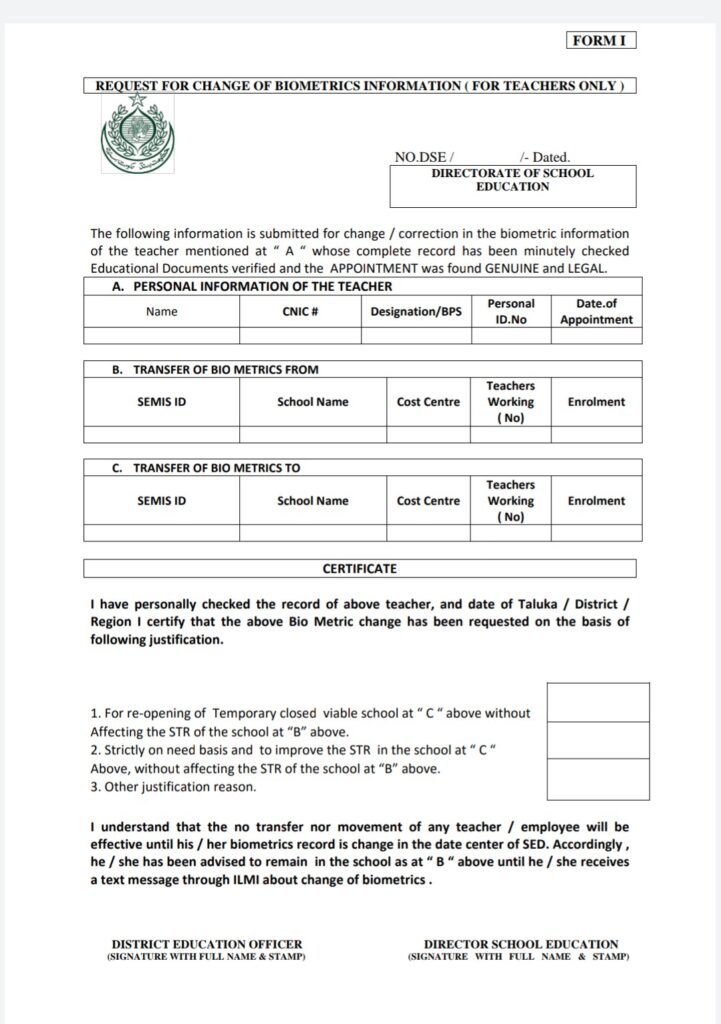How does classroom management relate to learning theories?
a. It has no connection to learning theories
b. It influences the application of learning theories in the classroom
c. It replaces learning theories
d. It contradicts learning theories
Answer: b
What is an essential feature of an effective classroom environment?
a. Strict discipline
b. Chaotic atmosphere
c. Clear expectations and routines
d. Lack of student engagement
Answer: c
Why is classroom observation important for effective management?
a. To critique students
b. To assess teacher performance
c. To create a competitive environment
d. To understand and improve classroom dynamics
Answer: d
How does differentiated learning contribute to effective classroom management?
a. It creates a one-size-fits-all approach
b. It addresses the diverse needs of students
c. It focuses only on high-achieving students
d. It eliminates individualized instruction
Answer: b
What role does creating shared values and community play in classroom management?
a. It is irrelevant to classroom management
b. It fosters a positive learning environment
c. It enforces strict rules
d. It promotes teacher-centered instruction
Answer: b
What is the key difference between assessment and evaluation?
a. They are synonymous
b. Assessment is formative, evaluation is summative
c. Evaluation is formative, assessment is summative
d. Assessment is for students, evaluation is for teachers
Answer: b
How does feedback contribute to the assessment process?
a. It has no impact on assessment
b. It only benefits teachers
c. It enhances student learning and performance
d. It creates stress for students
Answer: c
What is the significance of assessment-embedded lesson plans?
a. They focus only on teacher evaluation
b. They integrate assessment into the teaching process
c. They eliminate the need for assessments
d. They are unrelated to student learning
Answer: b
Which type of assessment emphasizes a student’s ability to apply knowledge in real-world situations?
a. Formative assessment
b. Summative assessment
c. Performance-based assessment
d. Diagnostic assessment
Answer: c
What is the primary purpose of assessment rubrics?
a. To complicate the assessment process
b. To simplify teacher evaluations
c. To communicate expectations and criteria for assessment
d. To eliminate the need for assessments
Answer: c
What is the fundamental principle of test development?
a. Standardization
b. Subjectivity
c. Exclusivity
d. Homogeneity
Answer: a
What do validity and reliability measure in the context of testing?
a. The length of a test
b. The fairness of a test
c. The accuracy and consistency of a test
d. The difficulty of a test
Answer: c
Which domain is NOT typically addressed in educational testing frameworks?
a. Cognitive domain
b. Affective domain
c. Physical domain
d. Psychomotor domain
Answer: c
In the context of test development, what is a framework?
a. A rigid set of rules for test-taking
b. A guide outlining the structure and content of a test
c. The physical layout of a test paper
d. A set of answers to test questions
Answer: b
Why is the review process important in test development?
a. To confuse test-takers
b. To ensure the test is too difficult
c. To identify and correct errors or biases
d. To increase the time required to take the test
Answer: c
What is the primary impact of education on society?
a. No impact
b. Negative impact
c. Positive impact
d. Isolated impact
Answer: c
What elements contribute to social interaction in the context of education?
a. Only academic achievement
b. Only extracurricular activities
c. Both academic achievement and extracurricular activities
d. Neither academic achievement nor extracurricular activities
Answer: c


